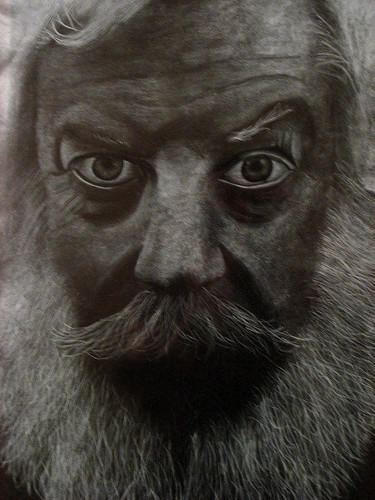
CHRISTMAS BOX (Joe List, 1972)
The original Christmas lesbian porn flick that incited America and caused The People vs Christmas (1975) court-case that set a precedent. Because New York Prosecutor Dick Fearless (itself an excellent skin-flick nom-de-plume, or nom-de-plum if you prefer, and the inspiration for the slogan seen everywhere outside the courts, 'Say No To Dick!', a dual-meaning line credited to S.L.A.G. (Sexy Lesbians of America Group)) couldn't prove that the work was without artistic merit, it was allowed to be shown in some mainstream cinemas, but with the new at the time NC-21 rating. Judge James Dodge at the time said 'the movie may not appeal to your sensibilities, Mr Fearless, and indeed, nor mine. But the interest in this case means I have to allow it to be seen. It may be flim-flam; it may be hogwash; but I'm no art critic, sir.' Star of Christmas Box Lesley Platinum- Blonde later won a bronze medal for the US at the 1984 Olympics in Archery and became a US Senator in Maine in 1989, before coming out as straight and marrying actor Tom Arnold upon his divorce from Roseanne Barr in 1994 (prompting Barr's career ending 'My ex-husband left me for a lesbian' rant at the Grammys that same year). Platinum-Blonde's marriage to Arnold lasted just two months. She now resides in Retirement, California, with her husband Susan, and recently vowed to 'never talk about that cursed movie again'.1
SILVER BELLES (Tom Berlinsky, 1989)
Misguided attempt to take successful TV show The Golden Girls to the big screen. Estelle Getty described it as 'a lovely little thing. We had such fun'2. Bea Arthur described it as 'a car-crash wrapped up in a tidal wave of leprosy. With glitter on top.'3
SO HERE IT IS, MERRY CHRISTMAS, EVERYBODY'S HAVING FUN (LOOK TO THE FUTURE NOW, IT'S ONLY JUST BEGUN) (Art Home, 1991) This seasonal indulgence involves a sewing together of homemade video clips of Christmas fun. We see kittens with wrapping paper on their heads, babies climbing into empty boxes, elderly relatives knocking the tree over. What makes the exercise interesting is that these mundanities are married with an original soundtrack by minimalist composer Philip Glass, lending the four-hour movie (much of which is in slow-motion) a surreal and terrible quality of sadness. Critic Barry Normal (sic) called it 'the most chilling event I've endured'.4
THE NATIVITY (Otto Preminger, 1959) Controversial re-telling of the birth of Jesus, with an all-star cast. Strangely, in a movie that starred African American actors (Harry Belafonte plays Joseph, Dorothy Dandridge plays Mary) the most cited reason for banning the movie in America was that the baby cast as Jesus was 'ugly.' Preminger, perversely, said 'Maybe I'm an optimist. But I see this as a sign that America is ready to look past color, and judge each face superficially on it's merits, or lack thereof'5.
BLOODY MARVELLOUS (Ike Cutey, 1945; see image, above) Seasonal favourite in which a man (Georgie Handsome, in his only major role) discovers that he loves the world, with the help of a gorgeous young girl. Curious fact: In the US, this film is known as Memory Hair, referencing the fact that the man is thrown into flashback reveries of memories of pre-war Britain (shown in dizzying Permacolor) whenever he smells the pigtails of the blonde child. 20th Century Fox realised that the curse in the British title was perhaps too strong for the delicate ears of that country. This title change has been repeatedly referred to by Evangelical Christians as an example of a Jewish conspiracy from within Hollywood against Christmas. Hate preacher Louis D. Smith would quote from the movie in a bid to 'remember the Christian spirit they tried to hide'6. despite this, Bloody Marvellous is as cheerful and saccharine as it gets.
1. Entertainment Weekly, Feb 6, 1999.
2. People Magazine, March 1992.
3. New York Times, April 3rd, 1997.
4. Film '91, Dec 9th, 1991.
5. Cahiers du Cinema, April 1962.
6. Song Of A Preacher Man, Controversy Press, 1985











